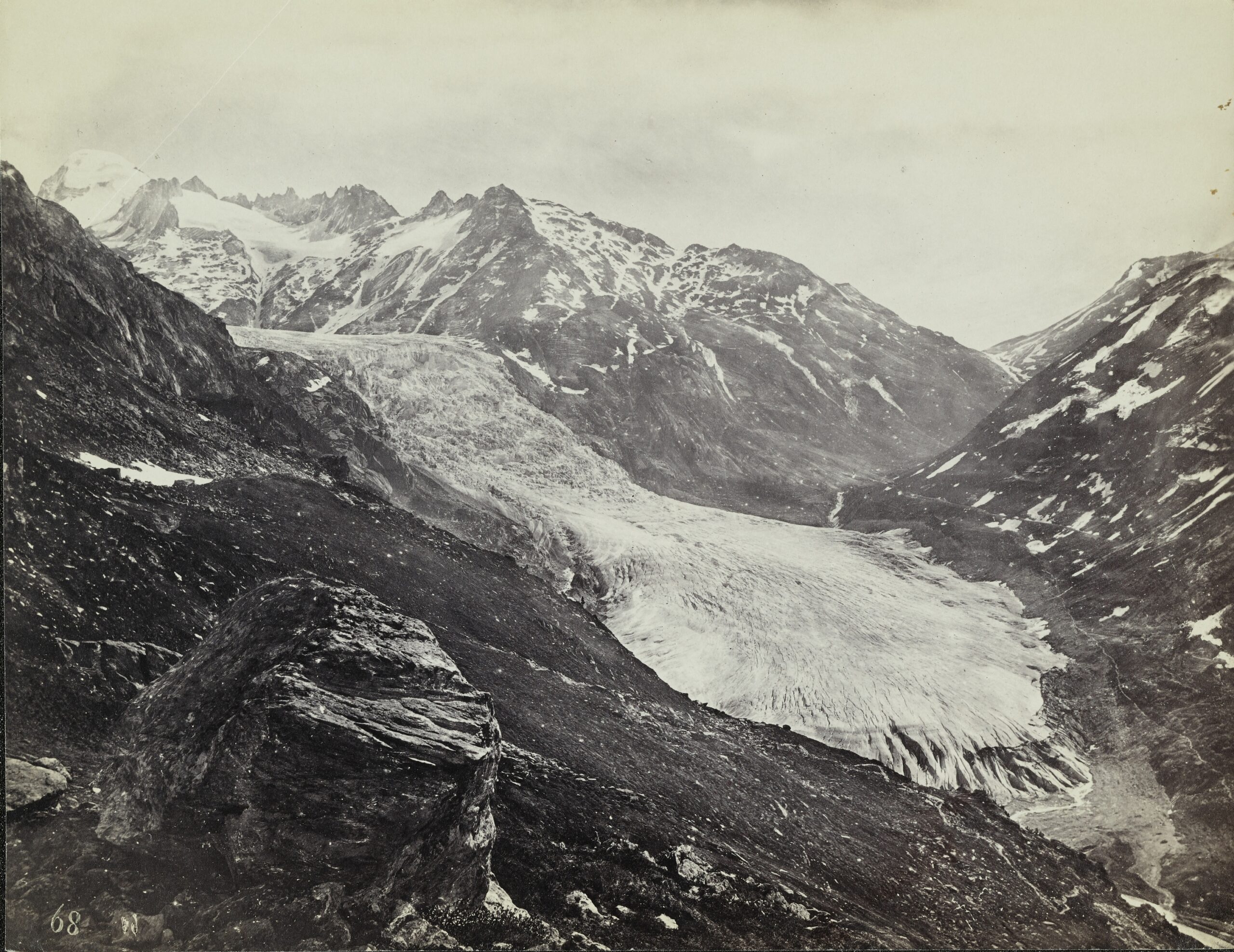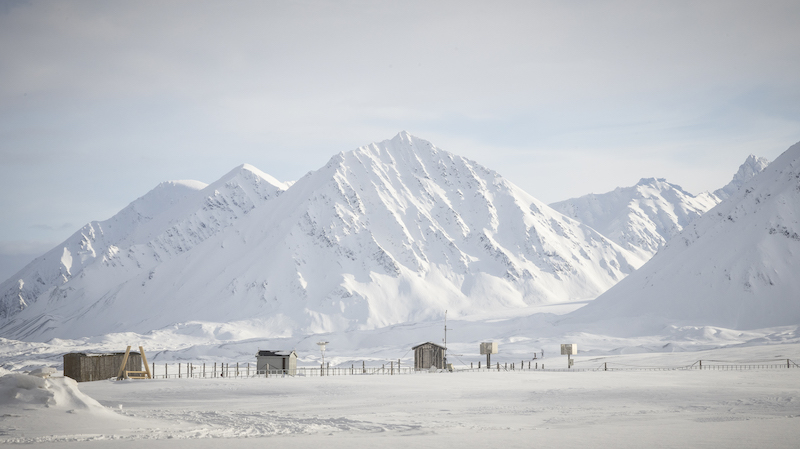As you drill down through ice, whether at the icecaps or a glacier, you can travel back through time – the deeper, the further back you go, with trapped bubbles, DNA, pollen and more from ancient snowfalls providing information about past climes, pollution and even ecosystems.
But that ‘memory’ is being erased by climate change, according to the Ice Memory Foundation, which aims to collect ice cores from selected glaciers in danger of degradation or disappearance, with a view to preserving the information they contain for future scientists.
The new research has prompted them to accelerate missions to harvest ice cores and rethink where to target next, having already completed one in Svalbard, Norway, and one on Colle de Lys in the Alps.

‘Our next Ice Memory target is to drill at the Eclipse Icefield in Canada in collaboration with our colleagues from the US,’ commented Margit Schwikowski, head of the Laboratory for Environmental Chemistry at the Paul Scherrer Institute in Switzerland.
With colleagues, she analysed two ice cores taken from the Corbassière glacier in Grand Combin in southwest Valais in Switzerland in the hope they would reveal long-frozen records of climate cycles. Their results published this month in Nature Geoscience conclude that, as a result of melting ‘the glacier is now irrevocably lost as an archive.’
Collaborating with colleagues from the University of Fribourg, Ca’ Foscari University of Venice and Institute of Polar Sciences, they analysed ice cores drilled in 2018 and 2020 from the Corbassière glacier.
Reliable information about the past climate and air pollution can no longer be obtained from the cores because alpine glacier melting is progressing more rapidly than previously assumed, according to Schwikowski and Carla Huber, PhD student and first author of the study.

So far, the researchers have examined the distribution of oxygen isotopes in ice, which can provide information about temperature, along with ammonium, nitrate, and sulphate. They focused on the latter found on particulate matter locked in the annual layers of the ice which can be used in much the same way as tree rings and ocean sediments as a so-called climate archive.
Normally, particle-bound trace substances in ice wax and wane with the seasons: ammonium, nitrate, and sulphate come from the air and are deposited on the glacier through snowfall, with higher concentrations in summer and lower in winter, as lower amounts of polluted air rise from the valley when the air is cold.
The 2018 test ice core, which contains deposits dating back to 2011, was in decent shape, contained well-preserved atmospheric aerosol particles and chemical evidence of past climates, while ground-penetrating radar revealed that there was a deep glacier.

But in 2020 meltwater drained from ice core pieces that should have been frozen solid and analysis shows fluctuations only in the upper four annual layers, while the total amount of trace substances declines in older parts of the core.
The team believes that freeze-thaw cycles created icy layers and pools of meltwater throughout the glacier, while significant amounts of water from the surface penetrated deep to wash trace substances away.
‘There was no singular trigger for this strong melting – it resulted from many warm years in the recent past,’ Schwikowski commented. ‘A threshold has been crossed.’
The researchers said that it is as if someone had broken into a library and not only lost and damaged books, but even mixed up the individual words in surviving books, making it impossible to reconstruct the original texts.
The Ice Memory Foundation aims to obtain ice cores from twenty endangered glaciers around the world over two decades and put them in an archive, an ice cave at the Concordia Italian French research station in Antarctica.

Temperatures average minus 50 degrees Celsius at the ice base and will ensure that the cores will remain usable for studies in the future, even if global warming causes all alpine glaciers to melt.
The Grand Combin ice core should have been among the twenty glacier samples, ‘but we already realised, on the mountain, that nothing would come of it,’ Schwikowski said. ‘At the Grand Combin, we’re already too late.’
They fear that this is also the case with other glaciers that have yet to be sampled by Ice Memory Foundation. ‘We must act very quickly to preserve the frozen memory of the planet,’ commented Jérôme Chappellaz, Ice Memory Foundation Chair.
Almost all the world’s glaciers are shrinking, according to the United Nations, with some of the most iconic glaciers set to disappear by 2050.